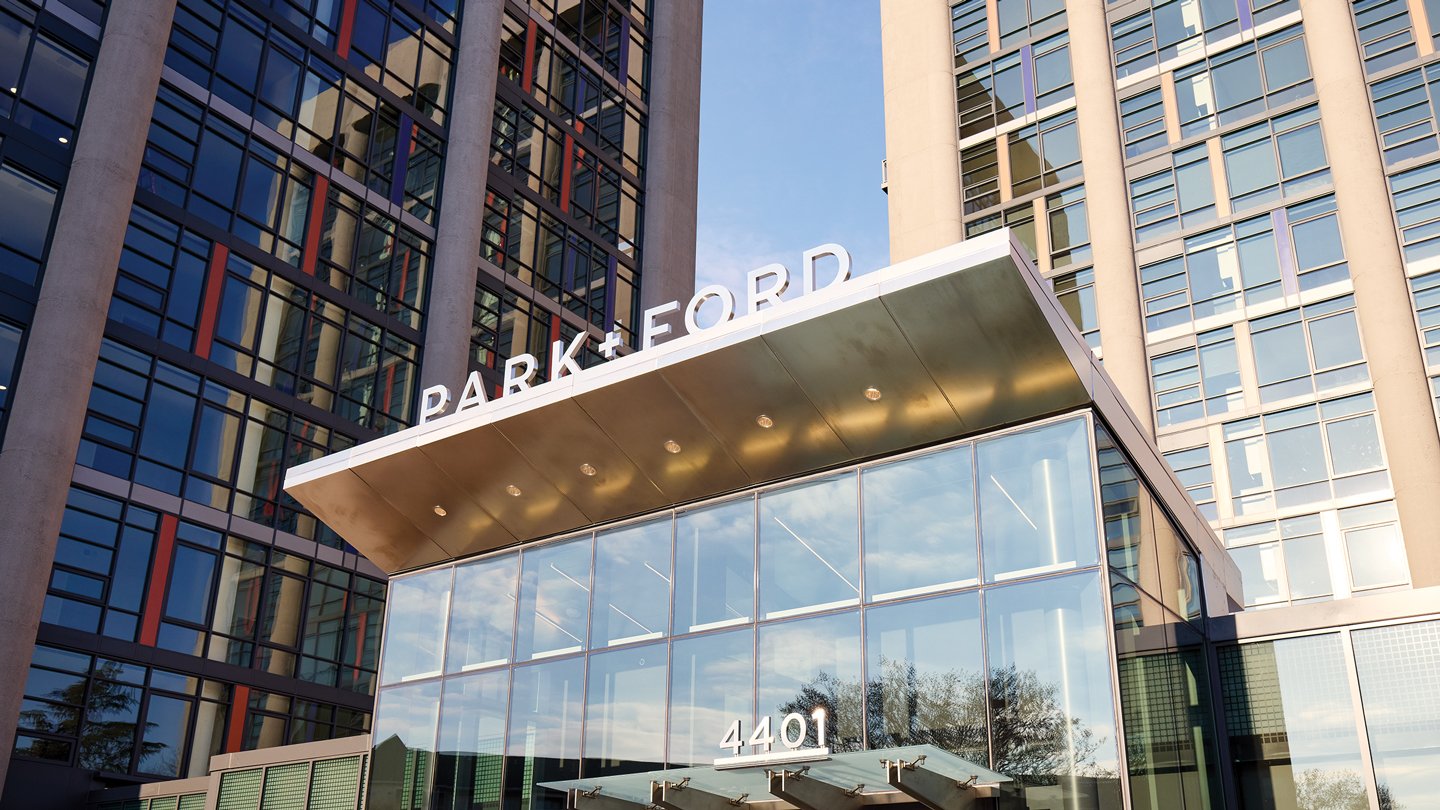
New Office Underwriting Standards: Can the Hospitality Model Save Office Values?
The office space industry needs to have its own moment of creativity and innovation.
Office assets stand in a state of flux, especially those in the middle of the “trifurcation” of buildings that are not new enough to capture top-tier tenants nor underutilized enough to feasibly justify conversion, demolition or other drastic measures. This category likely encompasses the largest number of buildings and can be found in all markets, urban and suburban. Given the possibility of rising vacancies, landlords and asset managers need to consider taking immediate action, however unorthodox, to sustain values and plot a course toward recovery. One such step is adopting new underwriting standards and letting go of an old favorite: Weighted Average Lease Term (WALT).
WALT stood as a reasonable measure of risk and quality for an office building when it was to be valued as a collection of credit-worthy leases. Increasingly, users of office buildings are becoming unwilling to sign such long-term leases because they do not fit the reality of rapidly changing business and workplace environments. In all reality, the office sector should not fear this transition to the level it has; coworking operators have demonstrated that users will pay higher per-person occupancy costs in exchange for flexibility, scalability, and access to unique service offerings and amenities. A mistake the office industry made over the past decade was allowing operators such as WeWork to lead in this type of innovation.
Maximize Cash Flows
Going forward, office asset managers should focus primarily on maximizing cash flows. Maximal revenue should be the major goal irrespective of source, meaning whether derived from long-term leases, short-term leases, or service and ancillary sources. Ultimately, a building that maximizes Revenue Per Available Square Foot (“RevPAF”) will likely generate more profits and thus be more valuable, all else being equal. This is a lesson that can be learned from the hospitality industry, which seeks to increase cash flows by maximizing the revenue generated by each guest on a nightly basis. Furthermore, by optimizing around revenues instead of lease term metrics, landlords can break free of the expensive capital expenditure cycle that has been the bane of office investors for years and has contributed to the general underperformance of the asset class.
Flexibility Is a Plus
If space is leased on a short-term basis, tenants will not be able to command significant concessions in the form of costly tenant improvement allowances and free rent periods, which are unlikely to impress the underwriters, analysts at investment firms, and banks going forward. Furthermore, flexible common spaces can be monetized or rolled into an occupancy package, meaning coworking or shared areas, conference rooms and other semiprivate space can be unique sources of revenue from tenants who are less willing to take large blocks of space as they once did. If tenants need more space in the future, they can naturally expand within the same building with relative ease. A building that offers this flexibility upfront in the leasing process is likely to provide more tenant requirements versus landlords who are only willing to offer the traditional model.
Ideal Candidates
Clearly, making the shift to accept shorter-term leases and managing for service/ancillary revenue maximization will cause lenders and equity investors heartburn. However, over time, actual operating results will prove the success or failure of such moves. If these actions lead to higher cash flows and thus profitability, it is hard to imagine buildings and owners will be penalized with the benefit of hindsight. Thus, the ideal candidate for such a conversion is the office building that has fallen to or below 60% occupancy with few prospects for reletting in today’s market. These assets have relatively little to lose and likely have floors and spaces built out in ready-to-occupy condition. The largest challenge is empowering the building’s management team to offer the embedded services that will probably be needed to optimize such a model. Although this approach is unlikely to be free of upfront costs, they may be substantially less than the equivalent free rent and tenant improvement package required for a new long-term lease. The key is moving ahead of the competition and capturing the demand from those who will prefer such flexible options.
Comparisons to the Retail Sector
Over the long term, it is difficult to say whether short-term leases and service/ancillary revenue will be fully embraced or will become little more than an aberration due to the current times, but the retail sector may offer some guidance. During the rise of Amazon, retail was declared “dead” many times. Yet it found recovery and resurgence in part by embracing new tenant types and service offerings based on what retailers and consumers wanted. This included more “experiential” retail and dining establishments, many of which were mom and pop stores with little to no creditworthiness, as well as users formally considered unwanted in a retail center, such as medical tenants. The result has been record-high occupancies and even rental rates for many assets nationwide.
The office space industry needs to have a similar moment of creativity and innovation, taking inspiration from other asset classes such as hospitality and retail. If owners, investors and lenders act judiciously, the “death” of office could be just one of many overblown stories that the real estate industry has experienced over the decades.
Joshua Harris, Ph.D., is managing partner at the Lakemont Group and former vice president of investment strategy at Skanska.
RELATED ARTICLES YOU MAY LIKE

Revitalization and Revenue: Office Conversions as a Way to Rebuild Cities
It’s not a panacea, but reuse can inject life into business districts.
Read More
Facility Managers Must Prepare for an All-Electric Future
Before that, many commercial buildings could benefit from hybrid electrification.
Read More
Developers Can Cash Out Tax Credits for Renewable Improvements
A major change to the tax code could greatly incentivize green construction in commercial real estate.
Read More



